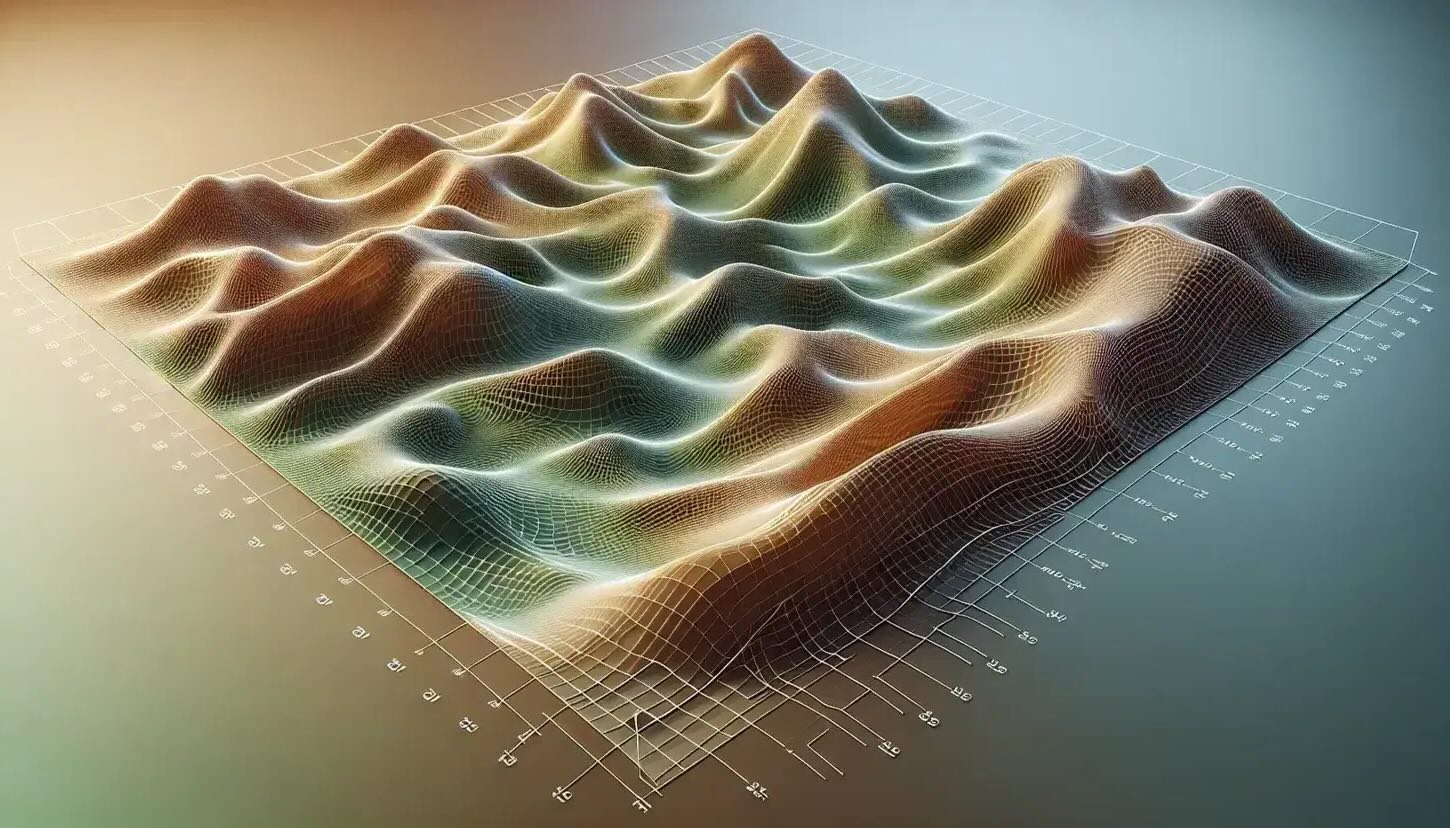
Riemannian Geometry is a branch of differential geometry that studies curved surfaces and spaces. Named after Bernhard Riemann, this field explores how distances and angles change on curved surfaces. But what makes Riemannian Geometry so special? It provides the mathematical framework for Einstein's theory of General Relativity, describing how gravity bends space and time. This geometry helps in understanding the shape of our universe, the behavior of black holes, and even the GPS technology we use daily. From the curvature of a sphere to the complex shapes of higher dimensions, Riemannian Geometry offers a fascinating glimpse into the fabric of reality. Ready to dive into 27 intriguing facts about this captivating subject? Let's get started!
What is Riemannian Geometry?
Riemannian geometry is a branch of differential geometry that studies smooth manifolds with a Riemannian metric. This metric allows for the measurement of angles, distances, and volumes. Named after the German mathematician Bernhard Riemann, this field has deep connections with physics, particularly in the theory of general relativity.
- Riemannian geometry was developed by Bernhard Riemann in the 19th century.
- Riemannian manifolds are smooth manifolds equipped with a Riemannian metric.
- Riemannian metric is a positive-definite inner product on the tangent space of a manifold.
- Geodesics are the shortest paths between points on a Riemannian manifold.
- Curvature in Riemannian geometry measures how a manifold deviates from being flat.
- Ricci curvature is a type of curvature that plays a significant role in Einstein's field equations.
- Sectional curvature measures the curvature of two-dimensional sections of the manifold.
- Riemann curvature tensor is a mathematical object that describes the curvature of a Riemannian manifold.
Applications in Physics
Riemannian geometry is not just a theoretical construct; it has practical applications, especially in physics. Understanding these applications can give a deeper appreciation of the subject.
- General relativity uses Riemannian geometry to describe the curvature of spacetime.
- Einstein's field equations are formulated using the Ricci curvature tensor.
- Black holes are studied using concepts from Riemannian geometry.
- Gravitational waves are ripples in spacetime that can be described using Riemannian geometry.
- Cosmology uses Riemannian geometry to model the shape and evolution of the universe.
Mathematical Concepts
Riemannian geometry introduces several mathematical concepts that are fundamental to the field. These concepts are essential for anyone looking to understand the subject deeply.
- Differential forms are used to generalize the concepts of gradients, curls, and divergences.
- Hodge star operator is an important tool in the study of differential forms on Riemannian manifolds.
- Laplace-Beltrami operator generalizes the Laplacian to Riemannian manifolds.
- Harmonic functions are solutions to the Laplace-Beltrami equation.
- Riemannian submanifolds are submanifolds that inherit the Riemannian metric from the ambient manifold.
- Isometries are transformations that preserve the Riemannian metric.
Historical Context
Understanding the historical context of Riemannian geometry can provide insight into its development and significance.
- Bernhard Riemann presented his ideas on Riemannian geometry in his 1854 habilitation lecture.
- Carl Friedrich Gauss laid the groundwork for Riemannian geometry with his work on the curvature of surfaces.
- Elwin Bruno Christoffel contributed to the development of the Christoffel symbols, which are used in Riemannian geometry.
- Gregorio Ricci-Curbastro and Tullio Levi-Civita developed the tensor calculus, which is essential for Riemannian geometry.
Modern Developments
Riemannian geometry continues to evolve, with new developments and applications emerging regularly. These modern advancements keep the field dynamic and relevant.
- Perelman's proof of the Poincaré conjecture used techniques from Riemannian geometry.
- String theory employs Riemannian geometry to describe the shape of extra dimensions.
- Machine learning uses Riemannian geometry for tasks like dimensionality reduction and data analysis.
- Medical imaging applies Riemannian geometry to analyze and interpret complex data from MRI scans.
The Beauty of Riemannian Geometry
Riemannian geometry isn't just for mathematicians. It shapes our understanding of the universe. From Einstein's theory of relativity to modern GPS technology, its applications are vast. This field helps us grasp the curvature of space-time and the shape of our world.
Learning about Riemannian geometry can be challenging but rewarding. It offers insights into complex problems and elegant solutions. Whether you're a student, a teacher, or just curious, diving into this subject can open up new ways of thinking.
So, next time you use your GPS or ponder the universe's mysteries, remember the role of Riemannian geometry. It's a fascinating blend of math and reality, showing us that even the most abstract concepts can have real-world impacts. Keep exploring, keep questioning, and let the beauty of geometry inspire you.
Was this page helpful?
Our commitment to delivering trustworthy and engaging content is at the heart of what we do. Each fact on our site is contributed by real users like you, bringing a wealth of diverse insights and information. To ensure the highest standards of accuracy and reliability, our dedicated editors meticulously review each submission. This process guarantees that the facts we share are not only fascinating but also credible. Trust in our commitment to quality and authenticity as you explore and learn with us.
